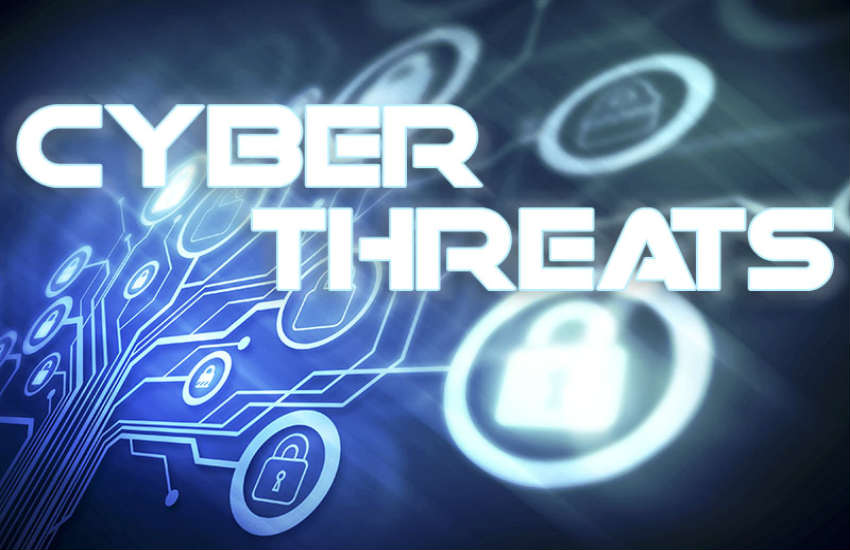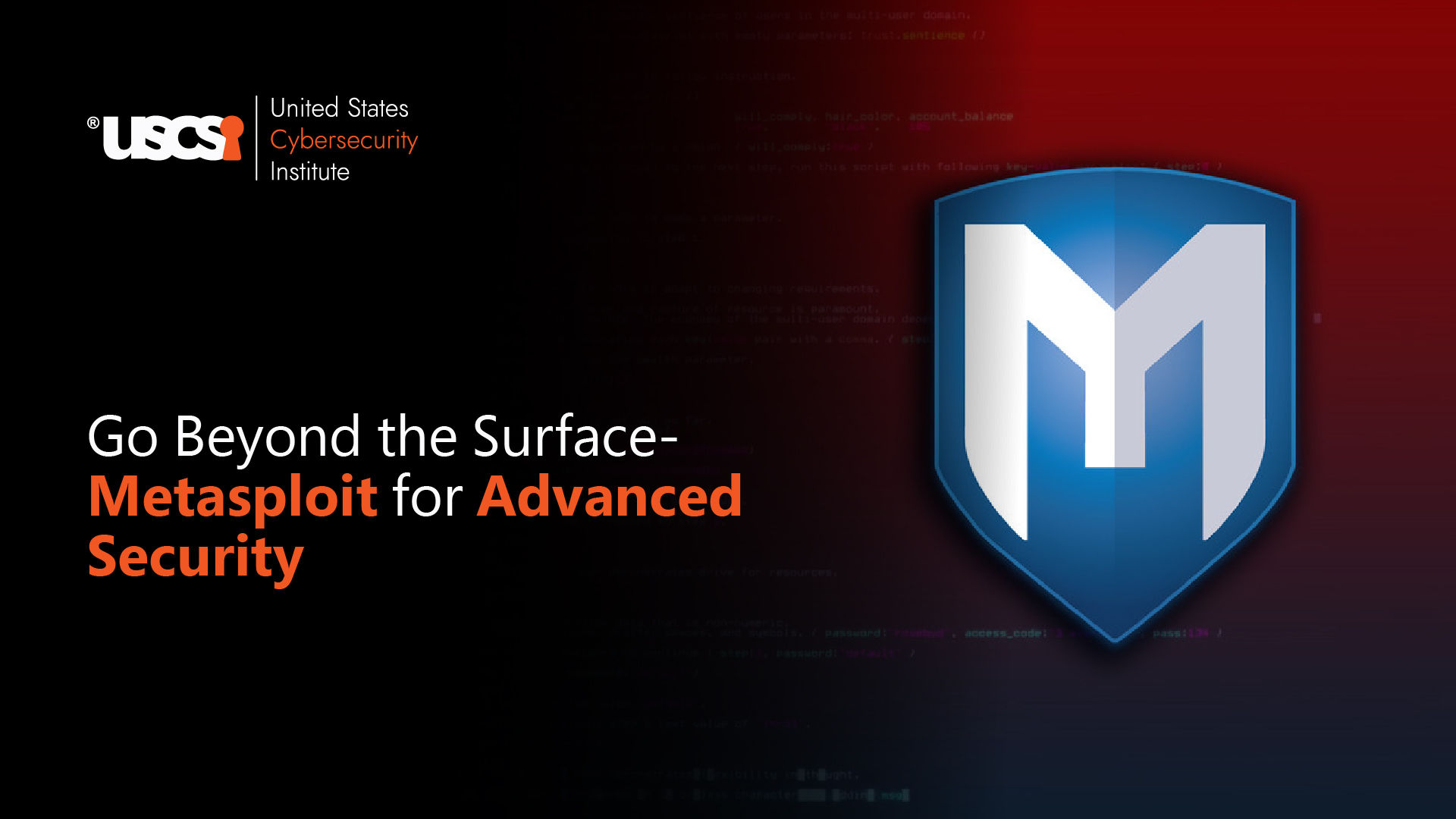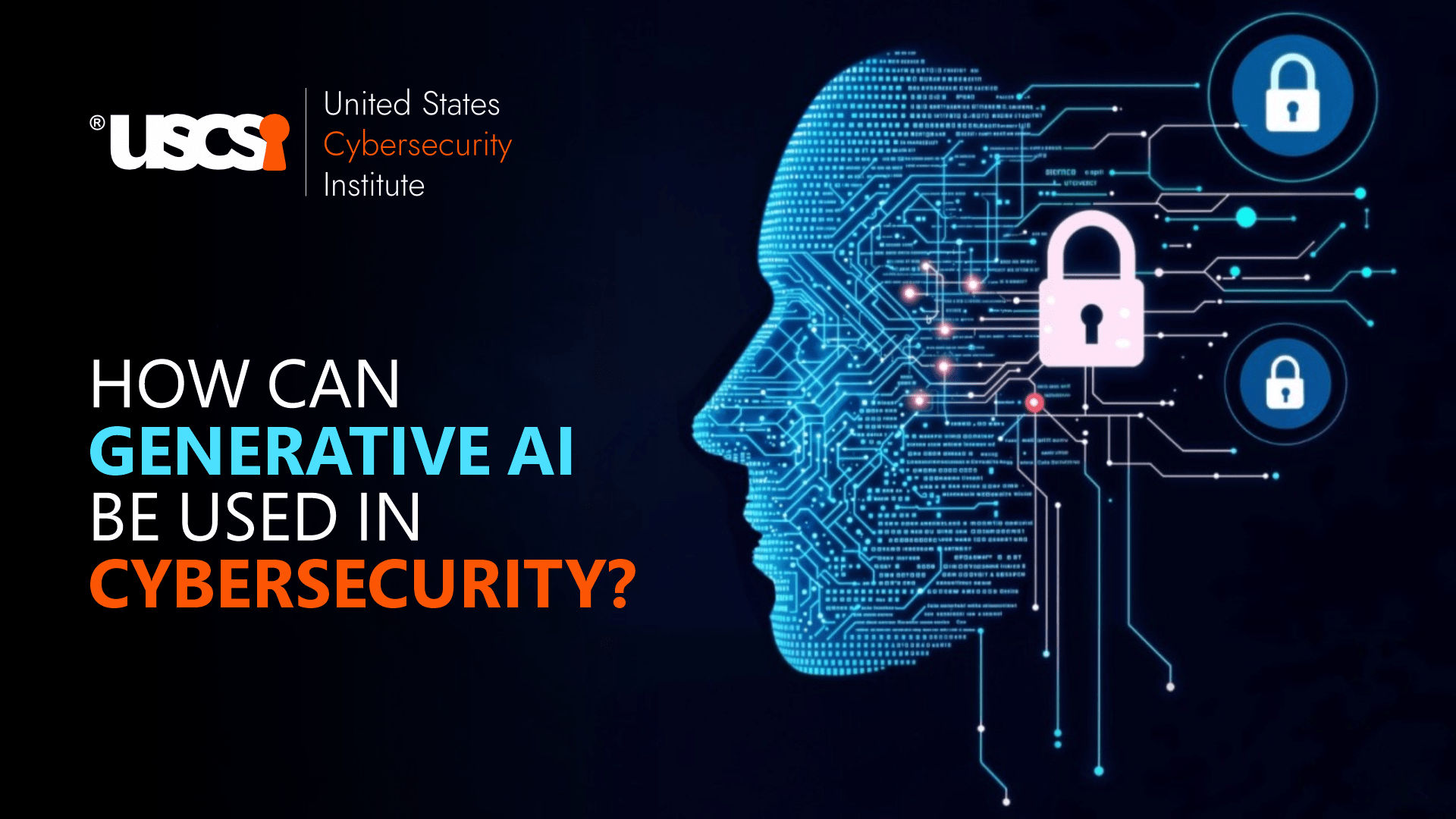

Potential Cyber Threats and Ways to Counter Them
Around 64% of companies globally encounter at least one type of cyber-attack. Likewise, a new cyber threat prevails on the web every 39 seconds. In this digitally-evolving world, cyber crimes have become prominent and are growing substantially.
As businesses scale up their operations, the risk of cyber-attacks also increases. The credit for this goes to their dependability on cloud-based software systems and an escalating workforce worldwide. Besides, the attackers are deploying more sophisticated and robust engineering strategies to break into the systems. It has imposed challenges on cybersecurity professionals to resolve such issues. As a result, they must remain well-equipped with educational and practical training regarding cybersecurity attentiveness.
Why prevention of cybercrimes is a crucial issue?
In today's interconnected world, cybercriminals can easily access sensitive information. With the increased use of technology, cybercriminals have more opportunities to exploit vulnerable systems. You would be amazed to know that the total loss owing to cyberattacks is projected to reach around $10.5 trillion annually by 2025. Preventing cybercrimes requires a multifaceted approach; hence, cybersecurity professionals must amp up their expertise. It includes recognizing potential threats, implementing strong security protocols, and using the latest technologies to detect and prevent malicious activities.
5 Most Potential Cyber Threats and Ways to Prevent Them
Are you aware of the cyber criminals lurking around and ready to pounce? Over 30,000 websites globally fall to hackers' prey on a regular basis. Do not let your business be another victim!
Listed below are the most prevalent cyber threats and how cybersecurity professionals can help inhibit them.
1. Broken Access Control
With the rise of cyberattacks, organizations must be aware of the potential security threats they face. Among these threats, broken access control is one of the most significant. It involves unauthorized users accessing sensitive information or systems and can severely affect an organization's security. The broken access control occurs when an application or system fails to restrict and manage user privileges properly. Consequently, it allows users to bypass authentication and authorization mechanisms. This can lead to varied security issues such as data breaches, identity theft, malware injection, and ransomware attacks.
- Act of Prevention: Certified Cybersecurity experts must understand the susceptibilities of broken access control to safeguard the systems against malicious players. Thus, organizations must implement robust authentication protocols, enforce least privilege principles, and monitor user activity on the system. They should also use encryption techniques to ensure that only authorized personnel can access sensitive data.
2. Compliance Inconsistencies in Security
Compliances are procedures, and standards businesses must follow to ensure their systems are secure from cyberattacks. These procedures and standards include encryption, authentication, access control, monitoring, and incident response. Any anomaly in compliance can have severe consequences for organizations, such as cyberattacks, fines, reputational damage, or even legal action. Cybersecurity professionals must ensure their organizations’ systems and data are secure and compliant with industry regulations as cyber threats are rising.
- Act of Prevention: Business organizations must have a practical and broad-ranging approach that regularly monitors systems and processes and proactive measures like training employees in best practices. They should implement a robust security policy, conduct regular risk assessments, and invest in technology solutions.
3. Phishing Attacks
It is a social engineering attack that attempts to gain access to sensitive information through emails or messages that appear to be from a legitimate source. These messages often contain malicious links or attachments that can be used to steal personal data, passwords, and other confidential information. As remote working is becoming widespread, malicious acts are getting more advanced in their tactics. These include deceitful shipping updates, inquiries from colleagues or bosses to seek people’s login credentials, and healthcare appointment reminders.
- Act of Prevention: Businesses should educate their employees about potential phishing scams. They should deploy cyber experts to implement anti-phishing software and develop policies and procedures that address phishing threats.
4. Ransomware as a Service (RaaS)
Ransomware as a Service (RaaS) is a form of cyber-attack that has become increasingly prevalent in business organizations that is an automated form of ransomware delivered through malicious software and allows attackers to access sensitive data and systems. The attackers then demand a ransom from the organization to release the data or restore access to the system.
- Act of Prevention: The organizations should reinforce their IT & security infrastructure. They should take the help of cyber experts and ethical hackers to conduct continuous testing, monitor and implement crucial insights.
5. Internet of Things (IoT)
The Internet of Things (IoT) has revolutionized our lives and work. But it also presents a significant cyber security risk to organizations. As more everyday devices become connected to the internet, they can be used as a gateway for malicious actors to access sensitive data or disrupt operations.
- Act of Prevention: Organizations must adopt a comprehensive security strategy that includes preventive measures like regularly patching and updating their systems. They should hire cybersecurity professionals to integrate secure authentication methods and encrypt data transmissions.
Become a cybersecurity professional
If you want to excel in your cybersecurity career, upskilling is necessary. For this purpose, you can obtain cybersecurity certifications to hone your skills and learn more about network protection and data security. These certifications provide a comprehensive understanding of best practices, risk management strategies, tools, techniques, and technologies in cybersecurity.
Conclusion
Cybercrime has, by far, become a growing problem for organizations of all sizes. With the rise of technology and the internet, cybercriminals have more access to sensitive data and financial information than ever before. Thus, organizations must take cybersecurity professionals’ assistance to protect their data and systems from malicious attacks. Prevention of cybercrimes can help prevent costly damage to its reputation and bottom line.





